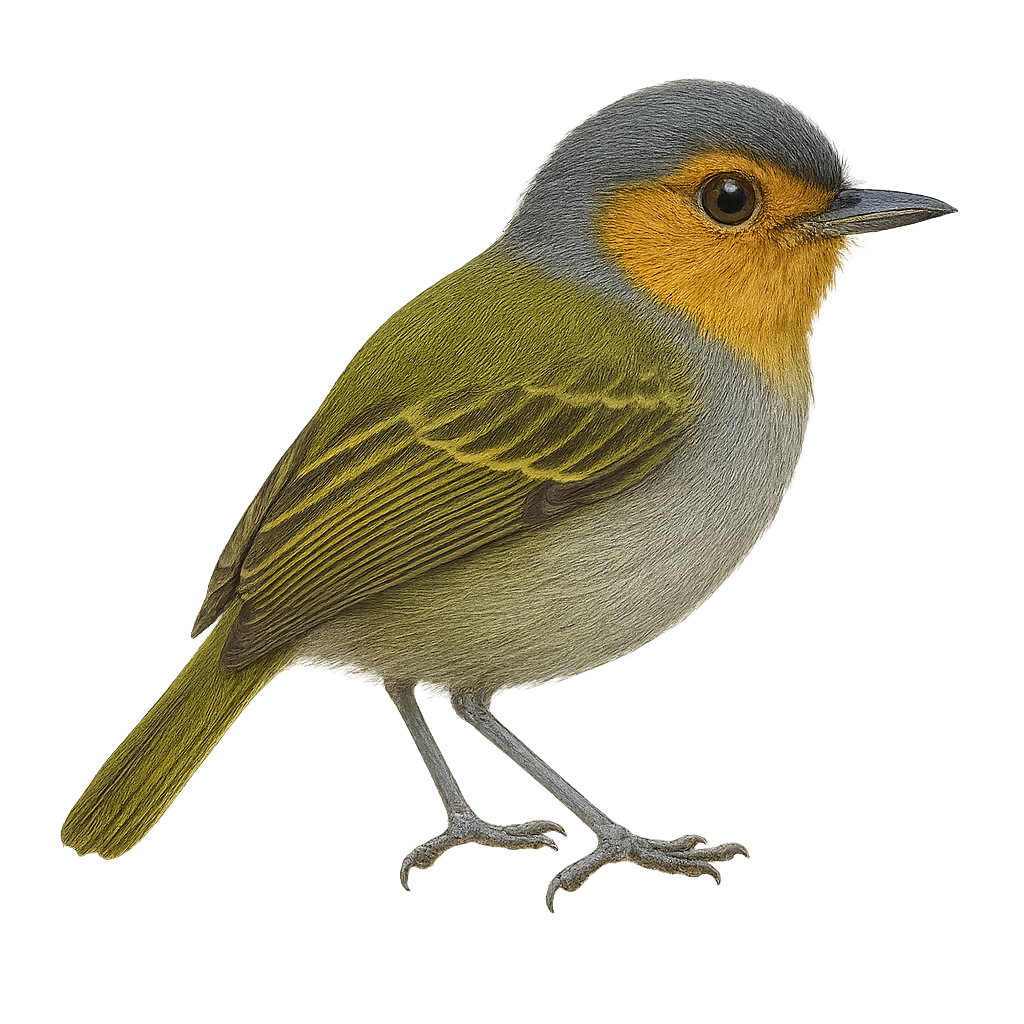Your wildlife photography guide.
Explore the plumbeous-headed tody-flycatcher in detail, study its behavior, prepare your shots.
Where to observe and photograph the plumbeous-headed tody-flycatcher in the wild
Learn where and when to spot the plumbeous-headed tody-flycatcher in the wild, how to identify the species based on distinctive features, and what natural environments it inhabits. The WildlifePhotographer app offers tailored photography tips that reflect the plumbeous-headed tody-flycatcher’s behavior, helping you capture better wildlife images. Explore the full species profile for key information including description, habitat, active periods, and approach techniques.
Plumbeous-headed Tody-Flycatcher
Scientific name: Poecilotriccus plumbeiceps

IUCN Status: Least Concern
Family: TYRANNIDAE
Group: Birds
Sensitivity to human approach: Suspicious
Minimum approach distance: 10 m
Courtship display: February to March
Incubation: 16-18 jours
Hatchings: February to April
Habitat:
tropical forests, subtropical forests, forest edges
Activity period :
Active at dawn and dusk, ideal moments for observation.
Identification and description:
The Plumbeous-headed Tody-Flycatcher is a small bird with a subtle plumage, mainly gray with hints of brown and white. It is often found in tropical and subtropical forests, where it primarily feeds on insects. Its modest size and discreet behavior can make it hard to spot, but its distinctive song often aids in locating it. This passerine is known for its ability to weave through dense foliage in search of food. Although usually solitary, it can sometimes be seen in small family groups. Its breeding season varies by region but is generally active during the warmer months.
Recommended lens:
400 mm – adjust based on distance, desired framing (portrait or habitat), and approach conditions.
Photography tips:
To photograph the Plumbeous-headed Tody-Flycatcher, focus on edge areas where light is more abundant. Use a telephoto lens of at least 400mm to capture details without disturbing the bird. Be patient and listen for its song to locate it. A discreet approach is essential, as this bird is suspicious. Prefer early morning or late afternoon hours for soft lighting.
The WildlifePhotographer App is coming soon!
Be the first to explore the best nature spots, track rutting seasons, log your observations, and observe more wildlife.
Already 1 431 wildlife lovers subscribed worldwide

